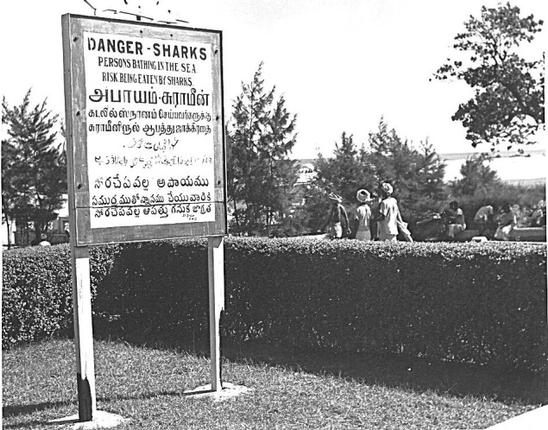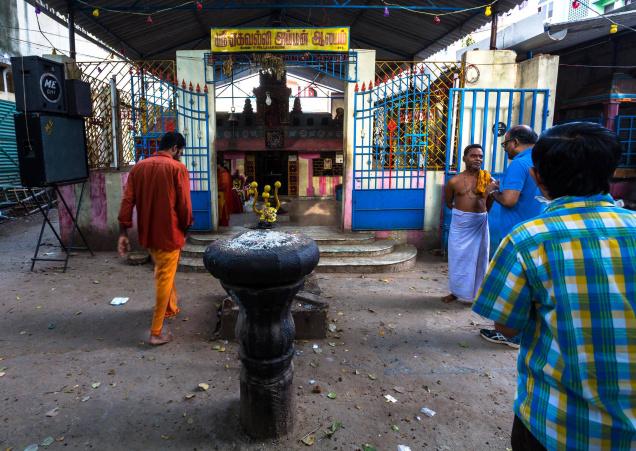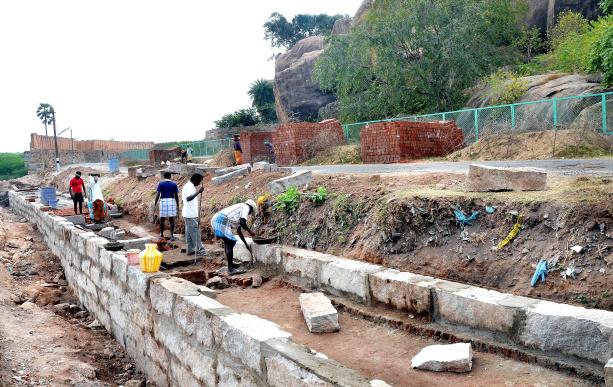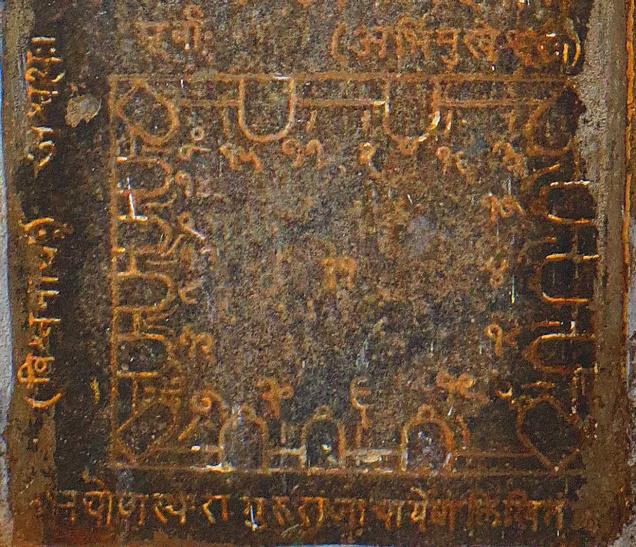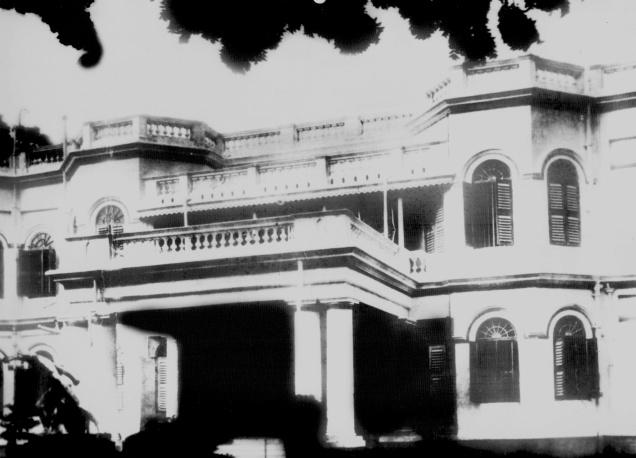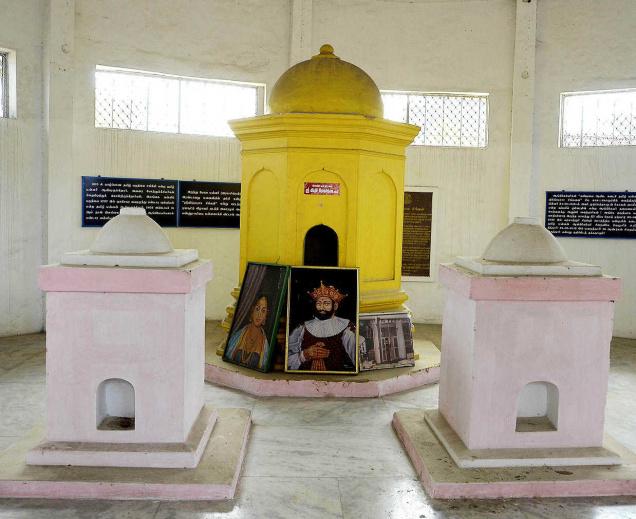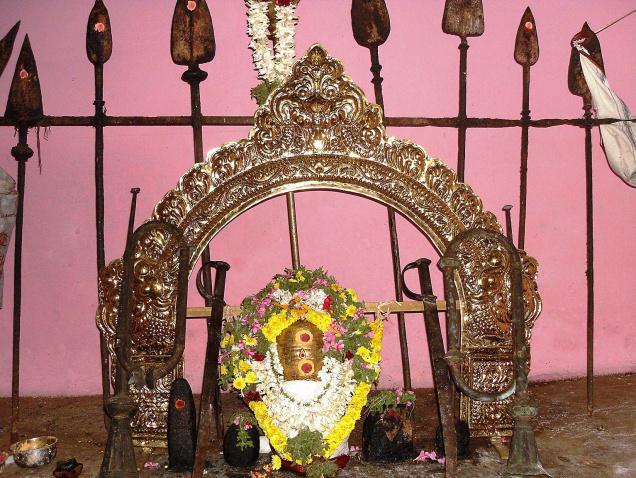The Bransons of Madras
“Shame on you, Muthu, not remembering Branson Bagh,” said Karthik Narayanan, a former President of the Madras Club, referring to my history of the Club, The Ace of Clubs, wherein it was recorded that the Club had established its second avatar in Branson Bagh after moving from its first, what became Express Estate and now mall. So chided, another penny dropped; I’d heard of a Spring Branson too, who, in his time, was a well-known Madras lawyer. But it was my chronicling colleague Sriram V who linked up the dots in a long mail to me.
Spring Branson of Branson Garden, Branson Garden Road, Kilpauk, may or may not have been related to the fellow-lawyer who was the occupant of Branson Bagh, but it was the latter, Reddy Branson, who was connected to the Richard Branson of my item on February 15th. And Sriram proceeds to bring us up-to-date with those Branson roots.
He begins his story in the 1820s with a Harry Wilkins Branson who — given the date when he was a Managing Partner of Pharoah & Co, Printers and Publishers — was likely to be the second great grandfather. And it was he who in 1832, marrying for a third time, wed Eliza Caroline Wilson Wellington Reddy, with a George Wellington as witness. Somewhere in those Wilson, Wellington, Reddy lines there was a Telugu maternal connection or, possibly, even a potential paternal one.
To Harry and Eliza Branson was born Frederick George Reddy Branson, who studied law and became a solicitor, setting up a firm called Branson & Branson. Sir P S Sivaswami Aiyer once recalled that the firm had the largest amount of business with Indian clients in Madras in the 1880s. The reason for this, states Sir Sivaswami Aiyer, was “due to Mr Branson being a linguist. He could speak Tamil, Telugu and Hindustani better than any native could.”
It was Reddy Branson who lived in Branson Bagh. After his time, the house was acquired by the Rajah of Bobbili, who lived there till at least the 1930s. After World War II, the property passed into the hands of the Madras Club, which, moving from Club House Road, settled into a purpose-built facility that replaced the old house. The property later became the site of government offices, of the Sapphire Theatre complex and Khivraj Motors, and is today part of a multi-storey commercial block after being with a political party for a time.
According to a High Court of Madras record, Branson & Branson existed till 1907 by when R Branson, W Branson and their manager had died. Who W Branson was awaits unearthing. But whether they were kin of Spring Branson is not known; James Henry Spring Branson was the son of James William Branson, who, as a barrister, practised in Madras in the 1830s. Spring Branson was Advocate-General of Madras in 1887 and a Member of the Legislature from 1886.
Sriram concludes. “It is a pity that a book titled The Branson Family of Madras: 1756 to 1863 is no longer available.”
Tailpiece: N.S. Yogananda Rao, referring to my item on Richard Branson, says ‘Reddy’ is a caste name, not a surname. I am aware of that, but I also know that most Reddys use it today as a surname.
*****
The Museum Tower
It was a tower (Miscellany, February 15) that existed for no more than a year, writes my fellow-chronicler Sriram V, who says he had seen brief mentions of it in a centenary volume the Madras Museum had brought out in 1951, and in Prema Kasturi and Chithra Madhavan’s South India Heritage, “but the picture was a pleasant surprise.”
Designed by Henry Irwin, the tower was meant to be very much part of what was called the Connemara Victoria Public Library & Museum Section. A traveller of the time, Eustace Alfred Reynolds-Ball, says it was inspired by the Palazzo Vecchio of Florence. Jan Morris, the journalist, said it was “unsuitably phallic”, but I still think it was just Irwin trying to do something one better than Chisholm’s Chepauk tower.
A year before the tower was completed in 1897, Irwin retired to Mount Abu and, as in the case of the High Court of Madras, J H Stephen, Chief Engineer, PWD, Madras Presidency completed the work. Whereupon Governor Sir Arthur Havelock inaugurated it in the presence of G S T Harris who had succeeded Irwin as Consulting Architect, Government of Madras. No one knows why, but, shortly afterwards, Harris began instigating a whole heap of rumours that the tower was not stable. He also persuaded the Governor that the library-museum complex would be better off without the tower. Stephen tried his best to keep the building in place, but the Governor had meanwhile heard stories that Irwin had also done less-than-par work in Simla. Havelock, thereupon, decided the tower should be pulled down, though there was much public opposition to it.
When Harris lost no time in getting the earth around the tower loosened and the bricks and stones at the top knocked down, there was much public protest, but it was ignored. And, sometime in 1898 the tower ceased to exist, according to Indian Engineering by Patrick Doyle, which was published in Calcutta.
Tailpiece: I’ve discovered who Geoffrey Burkhart, who sent me the Museum Tower picture, is. Dr.M.A Kalam, former head of the Madras University’s Department of Anthropology, tells me that Dr Burkhart was a regular visitor to the Department from the 1960s, when he started his research for his doctorate, till recent years when he was working on several projects. A frequent visitor to Madras, Burkhart is Anthropologist (Emeritus) with the American University, Washington D.C. Dr.Burkhart’s research from 1983 focussing on an Arcot Lutheran Church congregation, led him to the churches in George Town and an interest in colonial Madras. This resulted in a plan he put together for a study group (of retired people) at the Osher Lifelong Learning Institute of American University, the subject being “Telling Lives in Colonial Madras”. He organised it based on personal narrative: letters, diaries, biographies, autobiographies, etc.
Kalam also sends me today’s picture of a warning sign somewhere in or near Madras taken in the 1940s. The photograph was accessed and sent to him by Burkhart. I wonder whether any reader recognises it or knows anything about it.
*****
A Gurkha thambi
Not only did he rise from jawan to battalion commander but he, a Gurkha from Pokhara, Nepal, became a Madras thambi in the process. The story is told in a letter from Col. B Nasir to his friend, Om Prakash Narayan, who forwarded it to me. Col.Um Bahadur Gurung of 19 Madras is, however, a man grieved today. It was his ‘little brothers’ who died in Siachen, including Lance Naik Hanamanthappa Koppad, the search for whom Gurung kept going, staying put at around 20,000 feet all the time as he supervised rescue operations on the spot, keeping his men going in relays.
Gurung joined the Gurkha Rifles as a sepoy and, in tough competition, was chosen to join the Army Cadet College, Delhi, which trains other ranks to be commissioned as officers. He then did a stint in the Indian Military Academy and was commissioned into the Intelligence Corps. But when he was sent to 19 Madras on attachment, his superiors found his ability exceptional that a special request was made – and pursued – to keep him with the battalion. A former commander of his says, “He was a Gurkha but he was received very well by the Madrasis, especially after they had seen him in action at the Line of Control.” Adds Maj.Gen Virendra Kumar (Rtd), “I had left a report with my successor that we should try to retain him, especially for his conduct in small team operations. It is not easy to make the transition from jawan to officer, but Gurung made it through the written tests and interviews. Look what he has delivered today. Bodies have taken six to eight months to be found in the Glacier.” But Gurung had faith; he always had a never-say-die attitude, writes Col. Nasir.
*****
source: http://www.thehindu.com / The Hindu / Home> Features> Metroplus / by S. Muthiah / Chennai – February 27th, 2016
